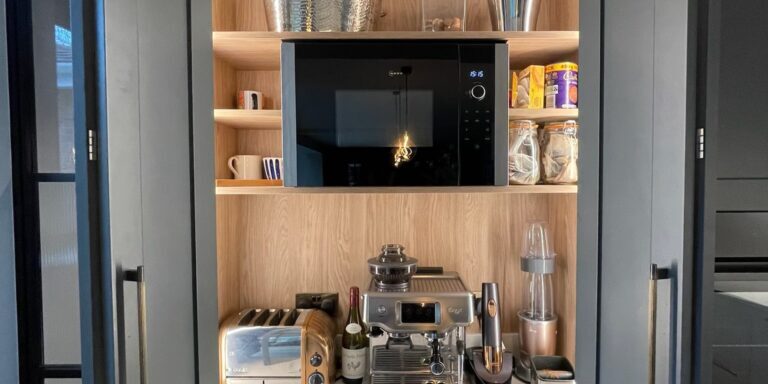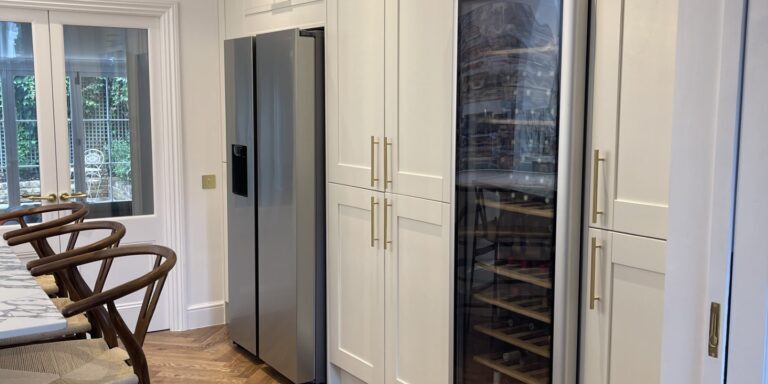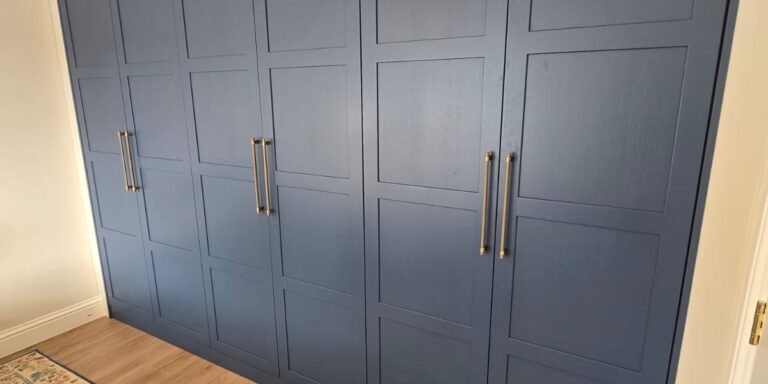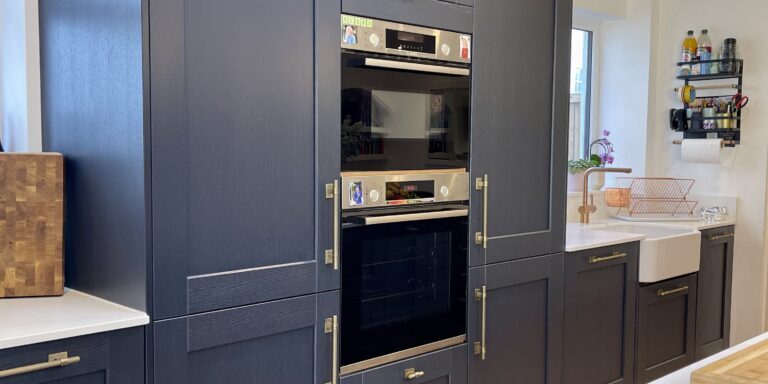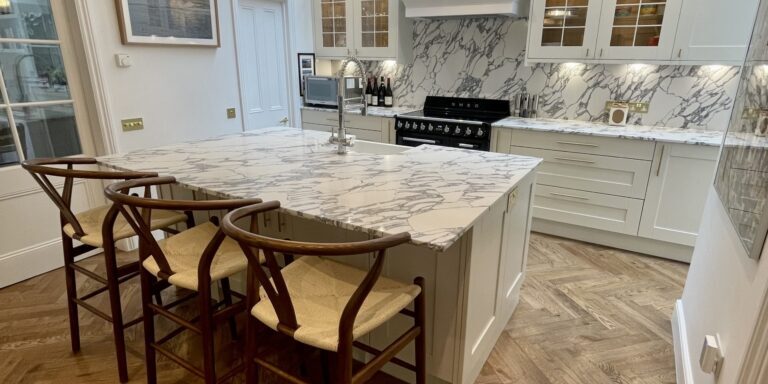Why Appliances Define a Kitchen’s Success
In any kitchen renovation or design, appliances are not just functional additions—they define how your kitchen lives. The best cabinetry or layout won’t matter if your dishwasher hums loudly in an open‑plan kitchen or your oven can’t handle family dinner timing. Choosing the right kitchen appliances ensures your space is efficient, reliable, and future-proof.
Efficiency & Energy Ratings in 2025
In the UK, appliances now use the A to G energy rating scale (with A being the top efficiency). Many models that were formerly labelled “A+++” now fall into B or C under the newer system. Always compare models by looking at:
– Their kWh per year estimates
– Standby power usage
– Additional features like “eco mode,” self‑cleaning, and sensor-driven cycles
Key appliances to prioritise include:
– Induction hobs: faster heating, responsive control, and minimal wasted heat
– Dishwashers & washing machines: eco cycles use less water and power
– Fridge/freezers: high-efficiency doors, insulation, and smart temperature control
Smart Features that Add Real Value
“Smart” should mean useful, not just connected. When choosing smart appliances, consider:
– Remote operation via app or voice, e.g. preheating an oven while you’re out
– Inventory tracking — some fridges now alert you if milk is low or items are expiring
– Adaptive cycles — dishwashers and washers that auto‑dose or adjust based on load size
– Firmware updates — appliances that get better over time
These features integrate incredibly well into open-plan kitchens, letting you multitask without compromise.
Capacity, Noise & User Experience
– Ovens: For a family, look for 70–115 L cavity. Double ovens let you cook mains and sides separately, reducing time stress.
– Hobs: An 80 cm induction hob with bridging zones gives flexibility, especially when using larger pans.
– Fridge/Freezer: Pay attention not just to the litres, but the usable layout (adjustable shelves, full-width drawers, door clearance).
– Dishwashers: A rating of ≤ 44 dB is ideal for open-plan homes. Look for adjustable racks, cutlery trays, and fast or eco programmes.
– Ease of use: Soft-close doors, intuitive controls, clear display panels, and accessible filter/drain points make a difference over time.
Safety & Durability for Family Homes
Family life demands appliances that can take wear, accidental bumps, and daily use:
– Induction hobs are safer (cool surfaces, instant off)
– Child locks on ovens, dishwashers, and control panels
– Scratch-resistant finishes and corrosion-proof interiors
– Extended warranty & service options tailored to your area (Esher, Surrey, London)
Integration vs Statement Appliances
– Integrated appliances (hidden behind panels) offer a smooth, cohesive look. Ideal if you prefer minimalist aesthetics.
– Statement appliances, such as a range cooker or wine cabinet, can become focal points.
– Your strategy can mix both — e.g. integrated dishwasher + a bold range or coffee station in the same kitchen.
Induction vs Gas in 2025
– Induction dominates new kitchens for speed, safety, and energy efficiency.
– Gas remains preferred for certain cooking styles (e.g. wok cooking). If keeping gas, pair it with a high-performance extractor hood.
– Many designs blend both: induction as the workhorse and a small gas burner or wok ring for speciality use.
Ventilation Musts
Even the best hob needs good extraction:
– Ducted systems are superior for heat and odour removal.
– Recirculating units are convenient but less effective long-term.
– On islands, consider downdraft extractors or ceiling-mounted hoods — always check the dB level and boost setting.
Appliance Trends to Watch in 2025
– Combi‑steam ovens (steam + convection) for healthy, fast cooking
– Integrated refrigeration walls that keep flush with cabinetry
– Appliances with recycled materials and modular components
– Smart appliance ecosystems — where your oven, fridge, hood and lighting coordinate
Prioritising Your Selections
Here’s a quick guide to evaluating your shortlist:
Feature | Why It Matters | Target Spec
—|—|—
Energy Efficiency | Lowers running cost & environmental impact | A or B (depending on type)
Capacity & Layout | Supports your family’s cooking habits | 70–115 L ovens, 40–50 dB ranges, flexible shelving
Noise Level | Crucial in open-plan layouts | ≤ 44 dB ideal
Smart Features | Adds convenience & efficiency | Useful automation over gimmicks
Integration | Cohesive aesthetic | Mix integrated + statement
Warranty & Service | Long-term peace of mind | At least 3–5 years parts/labour
Final Thoughts
Choosing kitchen appliances isn’t just about checking boxes on spec sheets — it’s about how your family lives and cooks. Focus on energy efficiency, noise, capacity, and durability, and carefully choose smart features that truly enhance your experience. Whether you lean toward integrated aesthetics or bold statement pieces, invest in quality and service. The right appliances won’t just perform, they’ll uplift how your kitchen feels every day.
Discover More
Looking to transform your home? Let us know!




